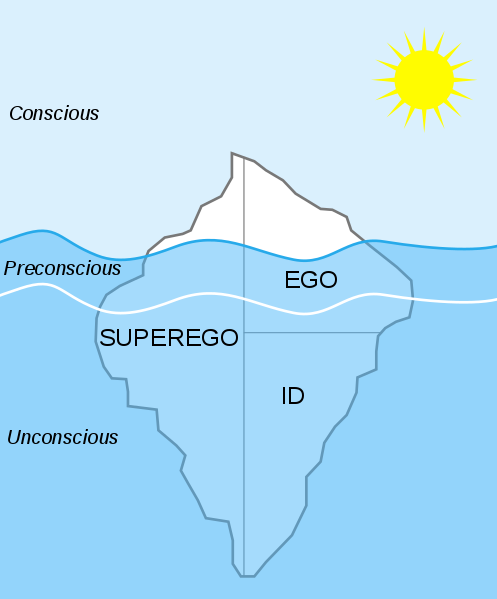There’s a popular notion that the visible part of an iceberg that sticks above the water is just 10 percent of its full size.
The other 90 percent could extend in just about any shape or direction. In other words, only a small percentage is visible to the eye, and the largest and most powerful part remains unseen below the surface. To learn those parts takes time and exposure.
Yin yoga presents us the 10 percent of the iceberg in such a simple and convincing way that it’s hard to believe that, below the surface, deeper meaning and connection are extending in lots of different shapes and directions.
The tip of the iceberg is easily seen: it’s your body in a specific shape, the props you are using, how much you move, or how still you are in the pose. But as we start to dig deeper, we find the waterline—that delicate and powerful silver line that divides the outer from the inner world, and yet, it belongs to both. A double-edged weapon.
I like to think of the waterline as the perception. As we hold the pose, nuggets of inner wisdom bubble up toward the surface, first passing through the filter of perception. And there, that’s where the magic happens.
In a way, the yin practice invites us to get intimate with our experience—with the feelings, sensations, and emotions that surface during the longer passive holds in poses. The body drops below the surface of the muscles into the yin tissues of the tendons, ligaments, fascia, and bones.
One pose could look the same in two people, but from below the surface, the experience and the sensations could be nothing but different. On the contrary, a pose may take different variations in order to allow people to target the same area. Hence the importance of adding your own signature to every pose.
But it’s not only your body talking through the physical sensations; we also listen to a familiar voice: our self-talk. Sometimes loud, jumping from thought to thought without a rest. Other times, so quiet that we can listen to our heartbeat or the waves of our breath.
Yin yoga is about listening to the subtle cues that your emotional, physical, mental body give you over the duration of the hold. Without judgment, simply allowing, we turn the gaze inward and come back to ourselves, reestablishing home in our self with no apology, in a true act of power.
This ownership over your body may need to be cultivated. Most of us have been colonised for other people’s ideas, desires, and expectations have taken hold in our flesh. But as we start cultivating this awareness, we can better understand the messages that our body has for us, and eventually, deepen our yoga experience off and on the mat.
~

 Share on bsky
Share on bsky







Read 1 comment and reply